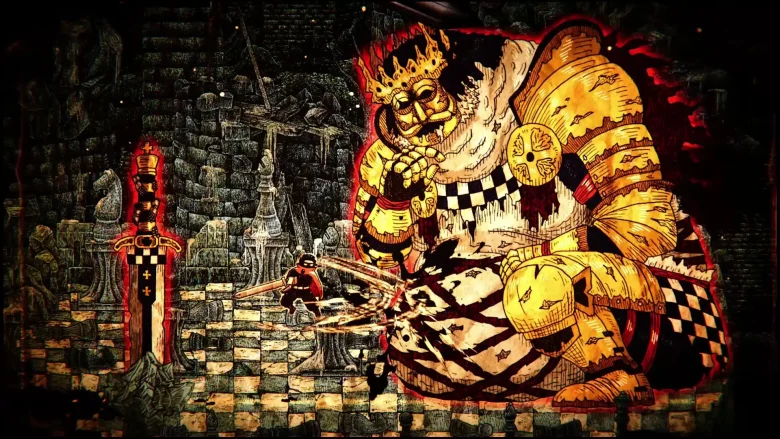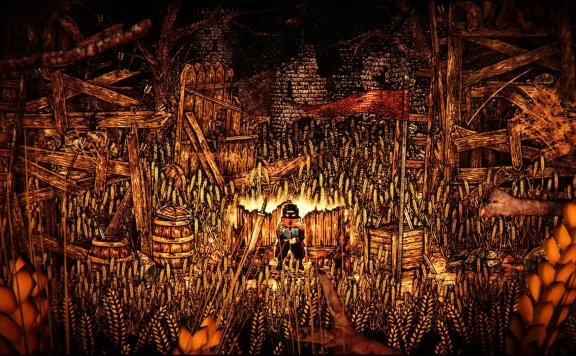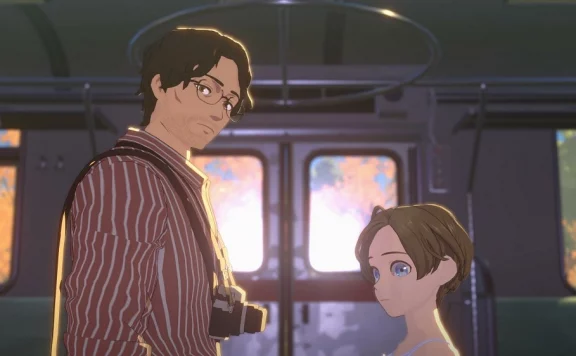As one of the standout announcements at the last Sony State of Play, Chronoscript: The Endless End has a lot of people excited. It looks the part, and is ticking all the right boxes right out of the gate.
But it’s a fair way off still, with a 2026 release date on the cards, and a lot of unknown elements as of yet. Luckily, we had the chance to sit down with multiple members of the team behind it and talk about things like “game feel”, just how exciting it is to be part of a showcase like State of Play, the fusion of 2D and 3D, the pressure that kind of hand-drawn artwork brings, and of course, whether it’s a proper, true to goodness Metroidvania as we are hoping.
We spoke to Masami Yamamoto (Shueisha Games), Nam Namaba (DeskWorks), and Tom Fujii (DeskWorks) about all of that, and more, and now it’s time for to read about our findings. Enjoy!
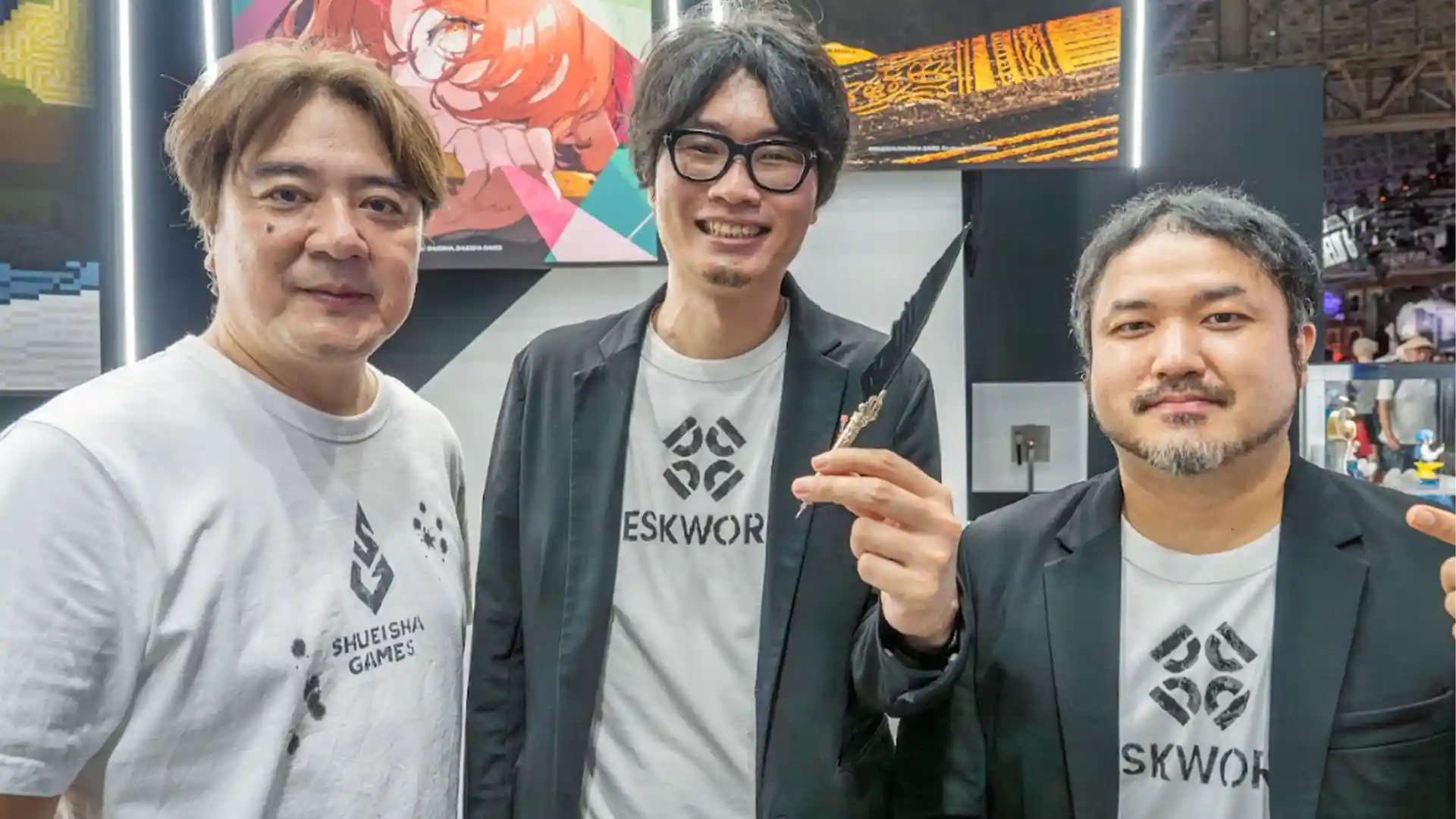
Masami Yamamoto (Left), Tom Fujii (Middle), Nam Namba (Right)
Chronoscript: The Endless End looks fantastic, how has the reception been so far?
Masami Yamamoto (Shueisha Games): Ever since we revealed the trailer during State of Play, the response from both players and creators has been incredible. Many people are especially surprised and excited that DeskWorks is applying its signature hand-drawn art style to a Metroidvania. We’ve even heard some reactions like, “You’re doing that… in this genre? No way!”
Nam Namaba (DeskWorks): We’re really grateful to see so much attention on the art style we’ve been refining for a long time as a team. And we’re still polishing it every day! By the time we launch, I think it’ll feel even more fluid, playable, and visually striking.
How did it feel to be part of the State of Play? It must have been a big deal?
Yamamoto: I previously worked at Sony Interactive Entertainment, so I fully understand how high the bar is to be featured in State of Play. So even though we believed in the strength of our content, having Chronoscript selected was genuinely rewarding. It meant a lot that the team at Sony recognized what we’ve built.
Tom Fujii (DeskWorks): We actually had a chance to let the PlayStation team try out an early build of Chronoscript: The Endless End, and I remember one person just barely defeated the first boss with a sliver of health left, and another failed at the last second. The screams and cheers from that moment really stuck with me. It was the very first time anyone outside the dev team had played the game, and seeing them get immersed in the world and mechanics gave us a strong sense that we were on the right path.
You’re working with Shueisha Games as publisher, which seems to be backing a lot of unique games, how has the team been to work with?
Fujii: Shueisha Games may be a relatively new player in the publishing world, but many of their team members are seasoned veterans we’ve crossed paths with over the years in the industry. That mix of fresh energy and rock-solid experience makes them a really well-balanced and dependable partner. They’ve been a joy to work with, fun and reliable every step of the way.
Yamamoto: Shueisha, our parent company, has long been discovering manga artists and helping them bring unforgettable stories to life. At Shueisha Games, we carry that same creative spirit into the gaming space. Being able to collaborate with visionary creators like DeskWorks, who have such a strong artistic voice, is incredibly fulfilling for us.
Chronoscript: The Endless End is described as an “exploration-style action-adventure” game. Is it a MetroidVania, or more straight-up action?
Namba: At its core, Chronoscript is very much a Metroidvania. It’s built on 2D action, with a vast interconnected world to explore. As players defeat formidable enemies and gain new abilities, more of the world opens up. That gradual sense of expansion is central to the experience—uncovering secrets, solving mysteries, and ultimately guiding the protagonists closer to their goal.
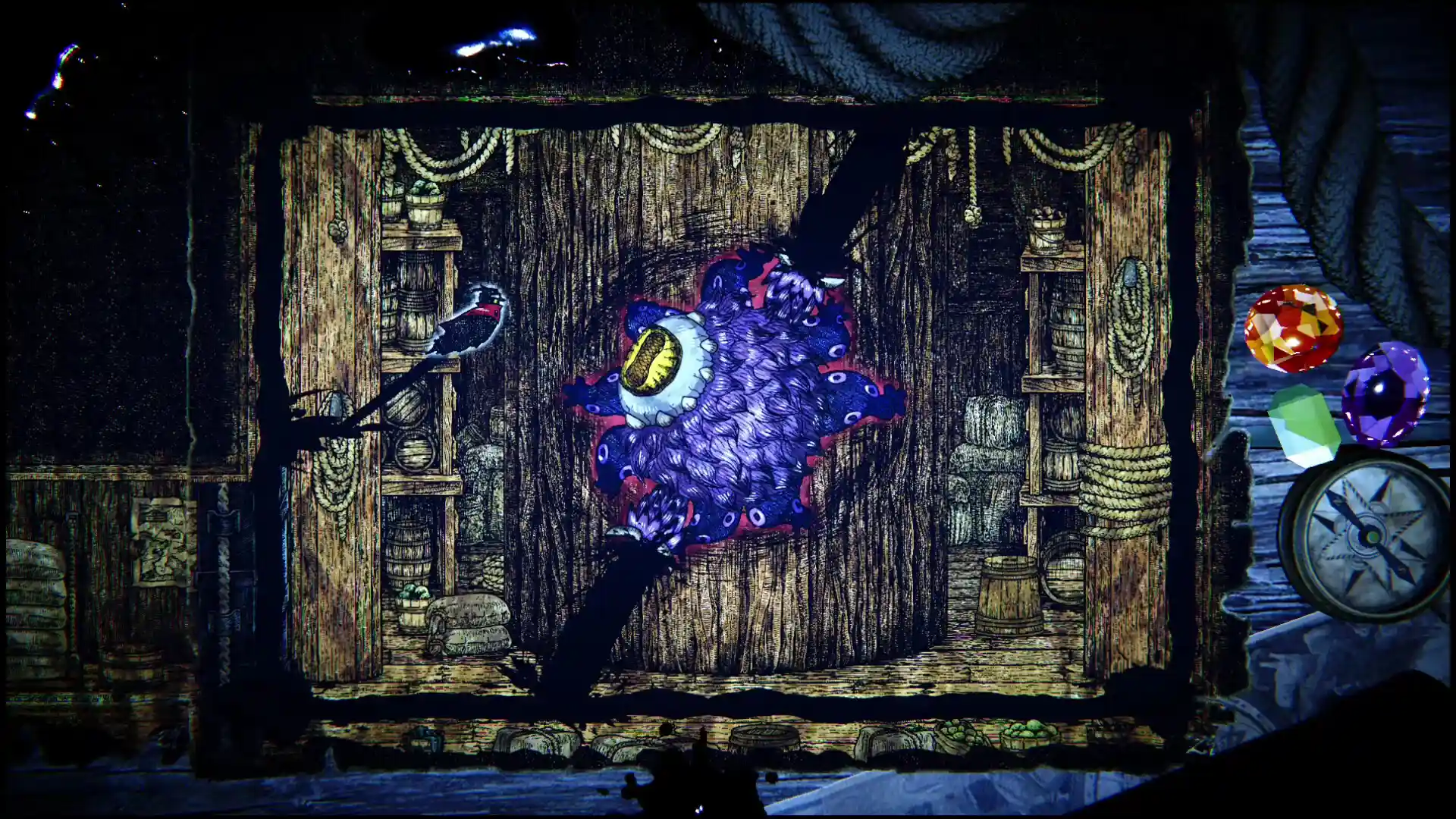
Does the 2D mixing with the 3D work in a gameplay manner, or is it purely for cut-scenes?
Fujii: The fusion of 2D and 3D is at the core of the gameplay itself—it’s not just for show. The game takes place on manuscript paper placed within fully 3D-modeled rooms. The in-game camera follows the Editor, the player character, as they move across the 2D stage embedded within these 3D environments. So rather than switching between modes, the game constantly exists in this blended 2D/3D state.
This approach isn’t just aesthetic—it plays into level design, exploration, and even boss battles. As for cutscenes, they’re kept minimal, as is often the case with Metroidvanias. Instead, we aim to deliver a narrative that players piece together through fragmented clues as they explore.
Tom Fujii said it’s a “truly unprecedented game experience.” Can you explain more about that?
Fujii: I wish I could go into more detail, but both the gameplay and the story involve elements we’re not ready to reveal just yet. That said, Chronoscript is packed with ideas from the fusion of 2D and 3D to familiar gameplay mechanics. Reimagined through the lens of our world and themes. Some are small touches, others are bigger and ambitious. They all serve the same purpose: to deliver something truly new. I hope players look forward to discovering it for themselves.
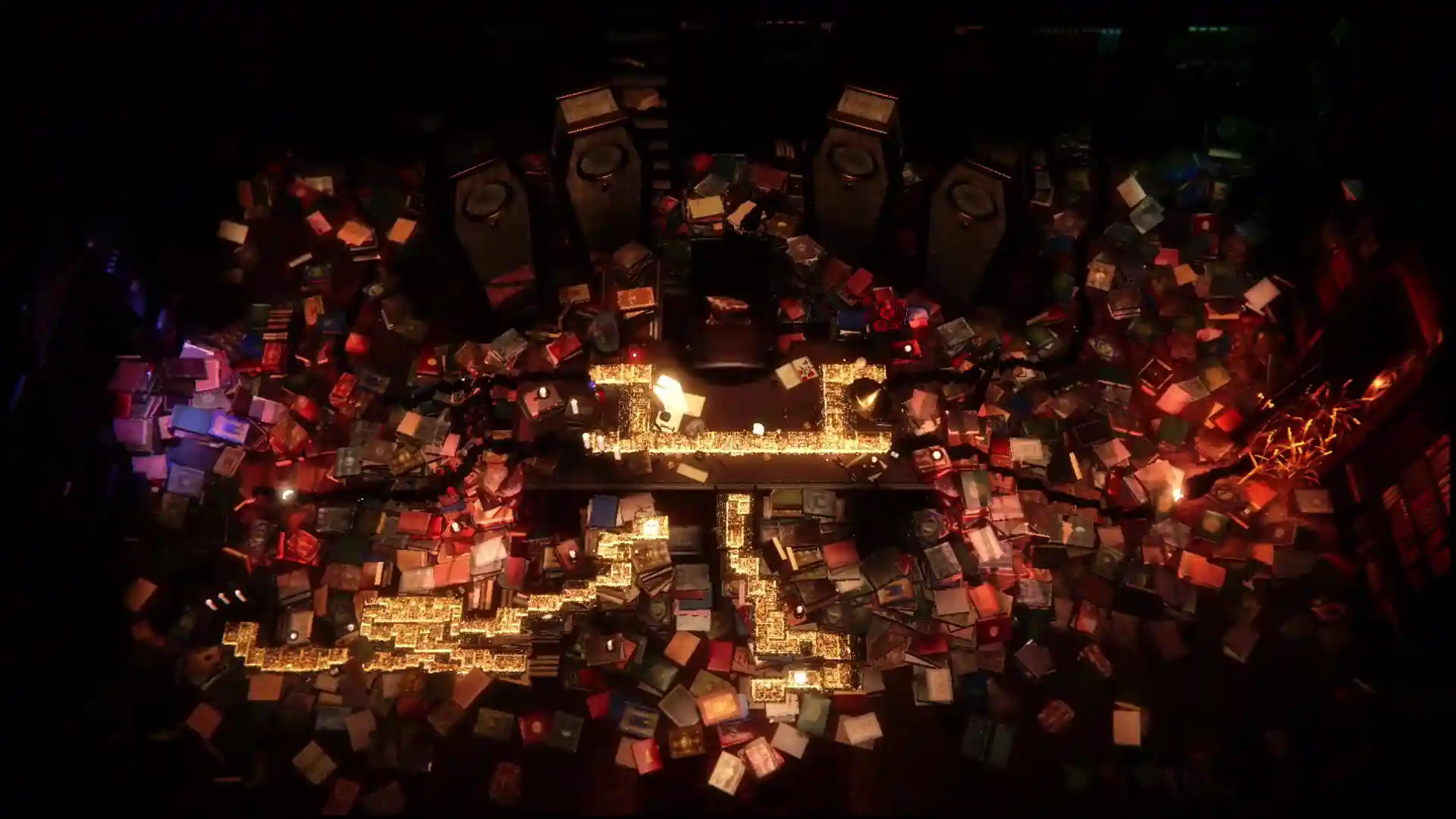
How much added pressure does being hand-drawn add to the development?
Namba: It’s definitely not the most efficient way to produce assets, but our team has experience working with hand-drawn visuals, so we already had a good sense of the pros and cons. While the schedule was certainly challenging at times, we’ve now reached a point where the bulk of the hand-drawn assets are complete, and we’re able to focus on polishing and fine-tuning from here.
Are there any teams making similar genre-titles you particularly admire, or are inspired by?
Namba: Of course, we have deep respect for the originators of the genre, like Metroid and Castlevania. But within our team, the games that get mentioned most often are Hollow Knight, Blasphemous, Ori, ENDER LILIES, and Nine Sols. There are tons of articles and videos that analyse the level design in these kinds of games, and by playing them ourselves, we’ve learned so much along the way.
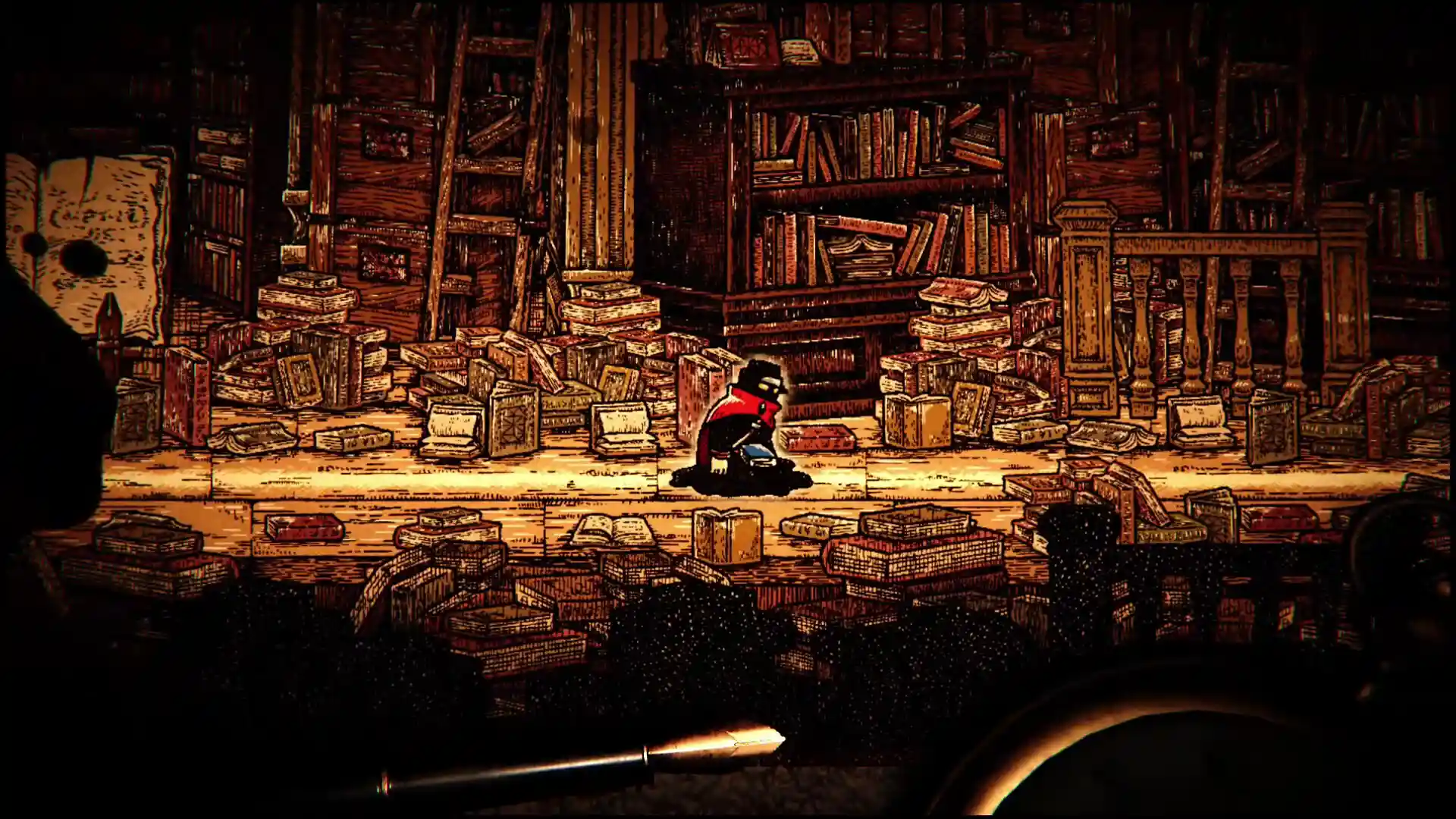
How long do you think it’ll take people to get through the core experience? Are there side-quests and optional content?
Fujiu: It depends on the player’s skill level and playstyle, but we expect it to take roughly 20–40 hours, which is fairly standard for a Metroidvania. We’ve also included plenty of optional content and side paths that aren’t required to complete the main story.
With 100 unique enemies, it sounds like an incredible amount of work. How did so much variety end up happening?
Fujii: As we worked through the level design, we built up the roster of enemies based on what the gameplay demanded. In the end, we ended up with about as many unique enemies as the titles we deeply admire in the genre. Every character that appears inside the manuscript world was hand-drawn by Nam Namba himself.
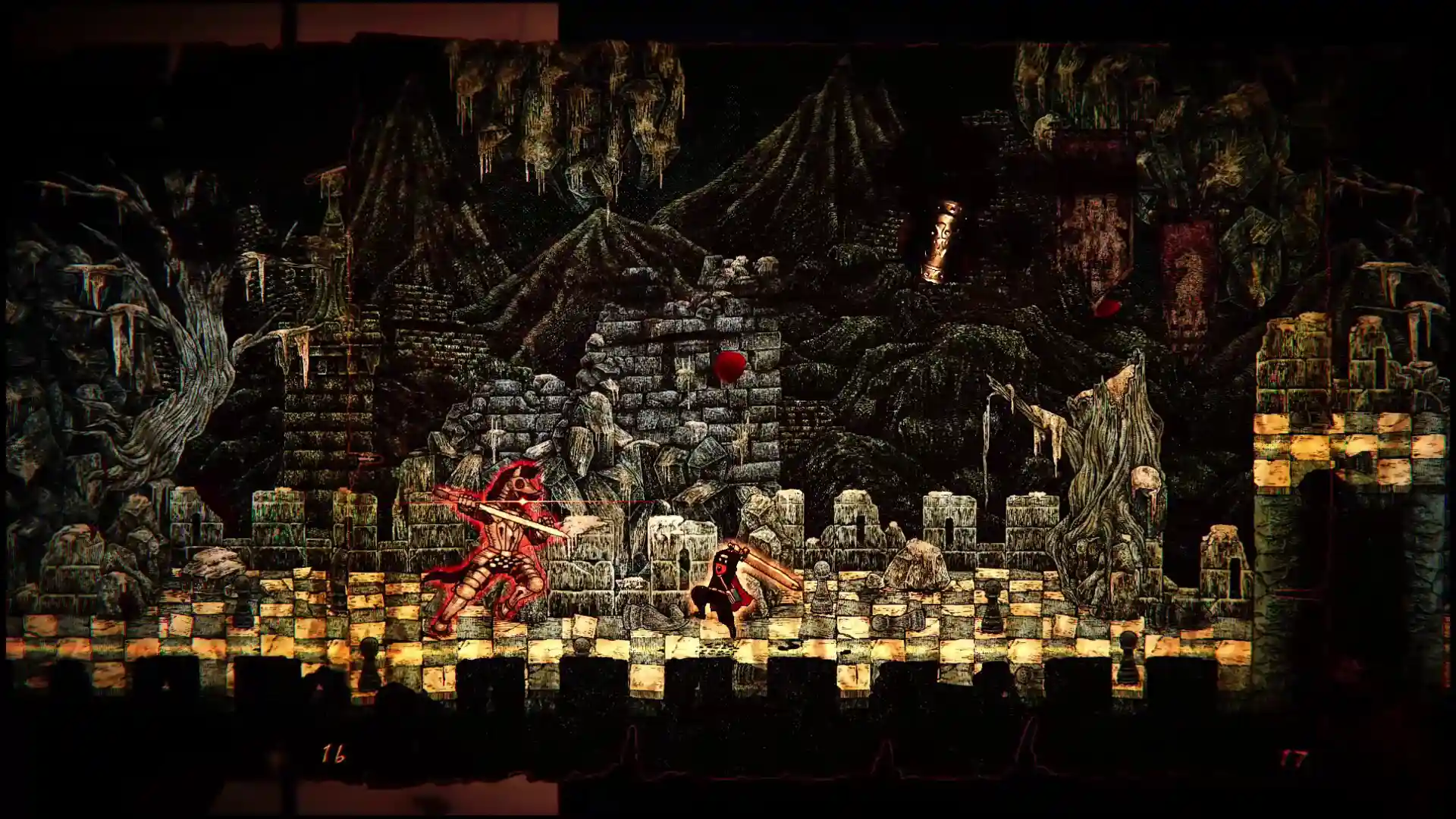
With many 2D games, the hardest thing to get across in a trailer is “game feel”. How do you achieve this?
Fujii: Over the years, so many brilliant 2D game trailers have helped establish certain visual cues that convey “feel” effectively. We tried to follow that approach by clearly highlighting the core gameplay while also packing in what makes Chronoscript: The Endless End unique — all within a short window. That said, there’s still a lot we haven’t shown yet, so we’re looking forward to revealing more in future trailers. But honestly, nothing beats actually playing it. We can’t wait for everyone to experience it first hand.
Thanks to Masami Yamamoto, Nam Namaba, and Tom Fujii for their time.
Chronoscript: The Endless End is coming to PC and PS5 in 2026.
